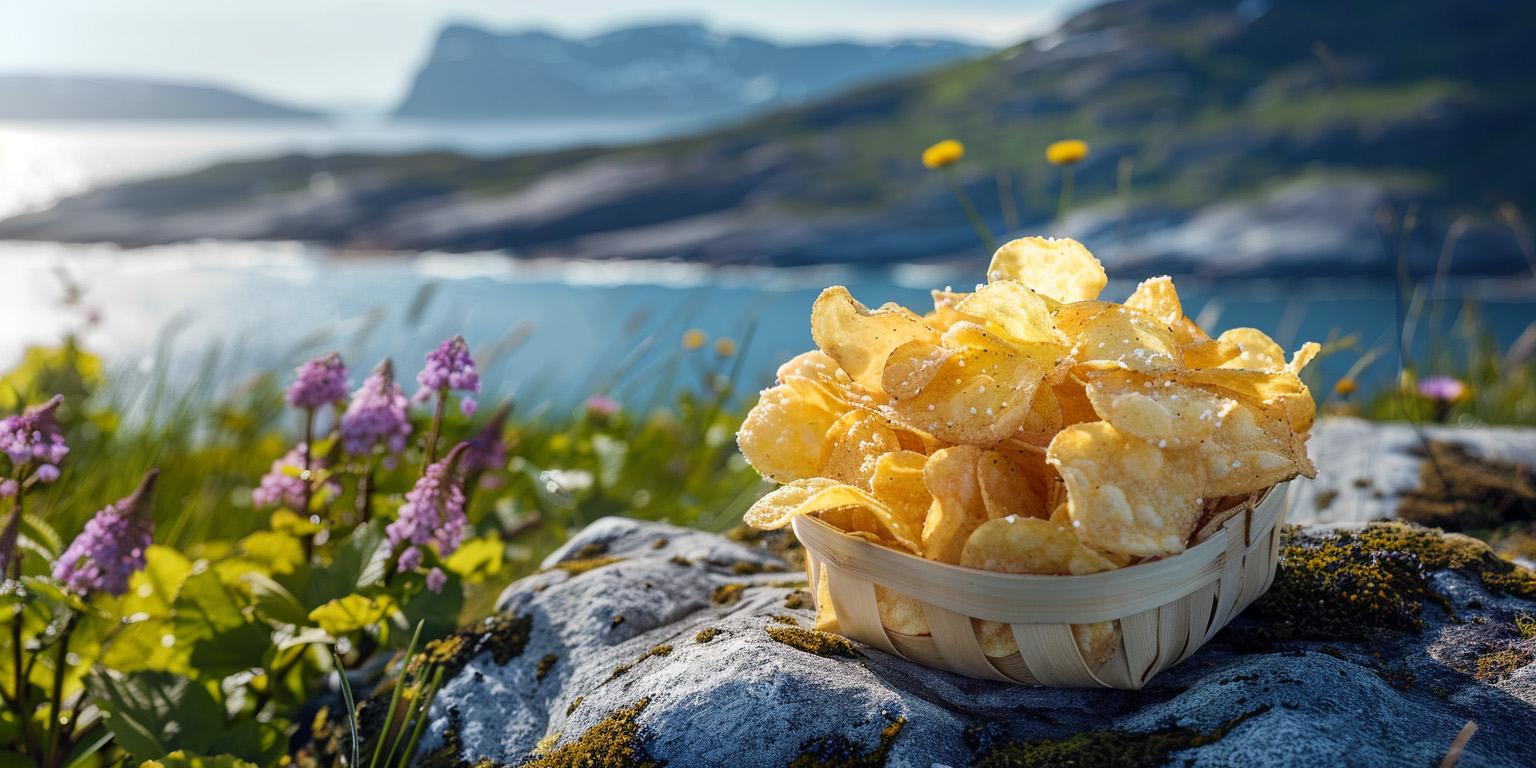FROM TRADITIONAL DRESS TO NATIONAL COSTUME
When the Europeans set foot in Greenland in the 17th and 18th centuries, they brought with them clothing fabrics and glass beads as goods to trade.
These materials gradually become incorporated into the Inuits‘ dress, particularly for festive attire. For men the hide trousers were replaced by a thick woollen material called ‘holmensklæde’ (literally island cloth), and for women the anorak was sewn in silks.
The glass beads were initially used in the same way as when decorating oneself with beads fashioned from bone.
It gradually became prestigious to use more and more beads, and this trend is particularly visible on the women’s national costume.
WEARING THE NATIONAL COSTUME
Today the Greenlandic national costume is used on special festive occasions and at festivals such as Christmas, Easter, Greenland’s National Day, confirmations and weddings.
On birthdays the national costume can also be used, not least on a child’s first birthday. When a child has his or her first day at school at the beginning of August, it is a day of great celebration in Greenland.
The six-year-old girls and boys are usually dressed in national costumes on this special day. In addition to the traditional festivals, visitors to Greenland will also see the national costume being worn when cruise ships call at port or when there are other special events.




















